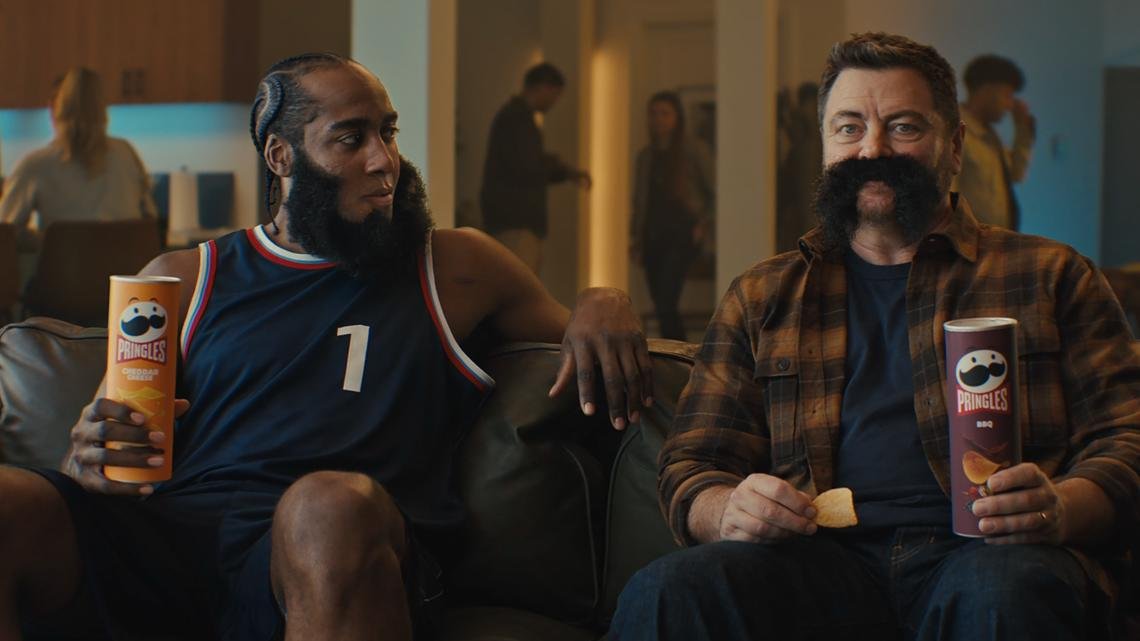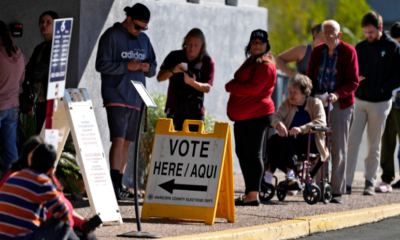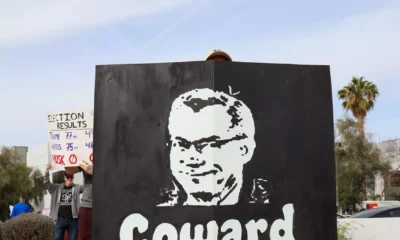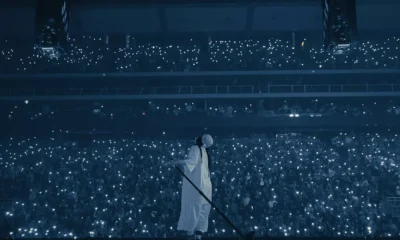Business
Super Bowl Ads Play it Safe with Humor and Nostalgia to Dodge Controversy

WASHINGTON — As Super Bowl Sunday approaches, advertisers are embracing humor in their commercials, hoping to provide a welcome distraction for viewers. The Philadelphia Eagles are set to face the Kansas City Chiefs in New Orleans, and a plethora of lighthearted ads are anticipated during the game.
In a break from the norm, many brands opted to unveil their advertisements online ahead of the big event, though some chose to hold back for a surprise reveal. The tone is largely comedic, showcasing an array of quirky scenarios from unexpected sources, such as WeatherTech featuring four elderly women on a joy ride and Eugene Levy’s eyebrows taking flight after a Little Caesars pizza. Coors Light’s ad presents sloths grappling with the Monday blues, while Nestlé Coffee Mate features a dancing tongue in celebration of cold foam.
Tim Calkins, a marketing professor at Northwestern University’s Kellogg School of Management, noted that this year posed unique challenges. Advertisements were crafted during a heated political season, leading to a heightened focus on avoiding controversy. While humor and nostalgia dominate, he cautions that overly safe approaches may fail to leave a lasting impression. “Safe advertising isn’t the advertising you notice or remember,” he remarked.
The stakes are high, with approximately 80 spots costing a record $8 million for just 30 seconds of airtime this year. Themes in this year’s commercials include heartfelt nostalgia, with Budweiser bringing back its iconic Clydesdales and a humorous twist on a classic scene from “When Harry Met Sally” featuring Meg Ryan and Billy Crystal promoting Hellmann’s mayonnaise.
McDonald’s, Instacart, and Disney also tap into nostalgia, showcasing beloved characters and nostalgic imagery. Kimberly Whitler, a marketing expert from the University of Virginia’s Darden School of Business, emphasizes that such throwbacks create connections across generations and evoke positive cultural references.
The integration of unexpected celebrity pairings aims to attract wider audiences. Michelob Ultra features Catherine O’Hara and Willem Dafoe as pickleball champions, while David Beckham and Matt Damon star as long-lost twins bonding over Stella Artois. However, Linli Xu from the University of Minnesota warns that excessive celebrity reliance might dilute brand recognition and lead to viewer confusion.
Not all messages will be lighthearted. Serious topics also weave into this year’s narrative, including Novartis advocating for breast cancer awareness and Dove addressing body image issues among young girls. With many ads calling for unity and reflection, Xu predicted a stronger emphasis on these themes, especially following a divisive election year.
A focus on artificial intelligence emerges as well, with campaigns featuring some notable celebrities discussing AI’s potential benefits. Yet, humor remains the dominant approach, indicating advertisers’ recognition of audiences’ desire for levity amid serious discussions of national issues.


















